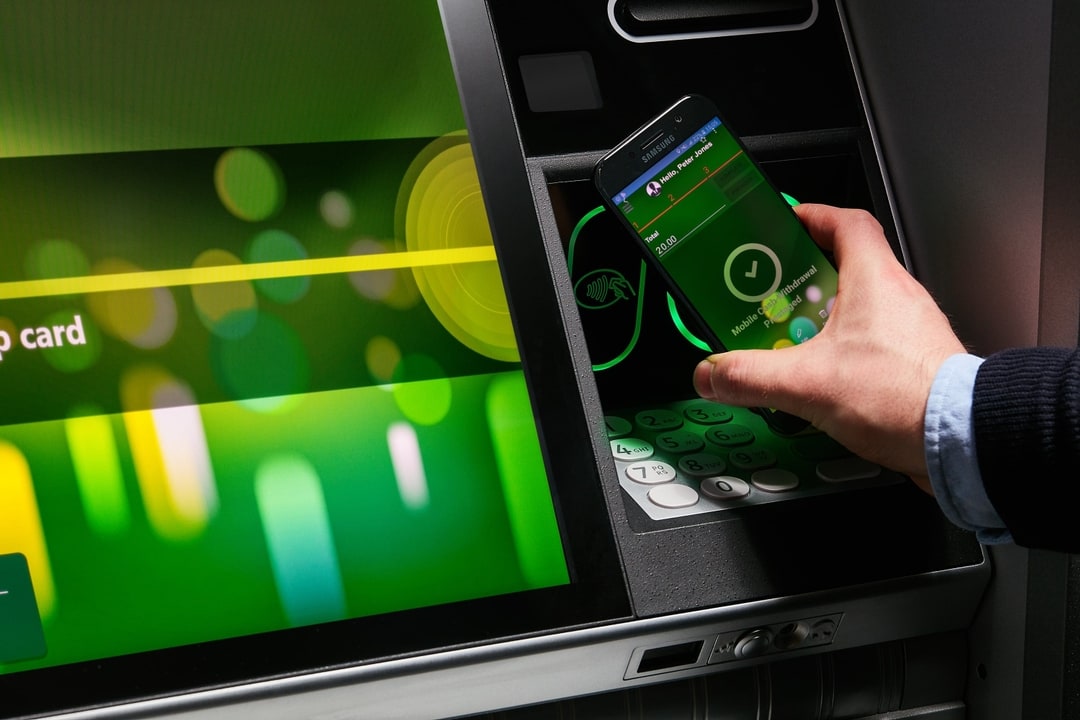Omnichannel access makes it easy for your customers to keep coming back
Published August 30, 2022
As we look today at the world of commerce, it’s easy to forget how much has changed in a short space of time. Not so long ago, if you wanted to buy something, you had to jump in your car, go to the store and hope the retailer has it in stock. Even then, you’d have to make sure you have the right type of payment with you.
Today it’s a little different. Digital technology has brought connectivity, flexibility and choice to the market, but it was COVID-19 which gave the entire commerce world an accelerated driver. Overnight, stores had to embrace the latest sales channels just to keep things going.
Digital adoption surged and coupled with a growing number of payment options; retailers had to provide more choices than ever before. From Apple Pay to Google Wallet, contactless payments, and even cryptocurrencies, customers want to be able to buy what they want, when they want, and how they want.
They may choose to buy instore, online or combine the two with in-store pick-up. Either way, they expect the same type of service and choice in whatever avenue they buy. It’s an age of omnichannel commerce in which success depends on how quickly you move with the times.
In this world, retailers have to face the clients in many different ways. To complement their physical storefronts, they will now need high-functioning eCommerce sites. Sales could come from apps, SMS, mobile websites, social media, eCommerce marketplaces, among others. That’s not to say we’re seeing the death of brick & mortar shops – far from it – but retailers do need to change the way they engage with customers to ensure a more connected experience.
Retailers don’t want to risk frustrating a customer base which has become increasingly used to getting what they want. As a buyer it can be infuriating to check an online directory, only to show up in store and not have access to the data from your search available. To avoid that, merchants need a seamless and personalized integration of the on and offline buying experience which enables customers to discover, shop, purchase and receive goods on their own terms.
The benefits of omnichannel
Retailers are embracing omnichannel services. In simple terms, this means giving people a consistent experience across all channels the business runs. That means offering the same payment options, stock, and buying experience wherever they are buying from. For example, if someone sees a product online, they should be able to buy it in a store – or at least place one on order.
It caters to the mixed way in which people are choosing to shop. People will do research online before going to a store. They may even conduct online research while in-store to inform their buying decision. Others will use the web to browse options before going to the store in order to try it out in person.
The truth is that consumers increasingly don’t differentiate between online and offline – they see each as an extension of the other. Those who can offer that experience will be at distinct competitive advantage.
The data tells its own story. According to data from Omnisend, retailers using three or more channels saw a 287% higher purchase rate than those using a single channel campaign. Google research suggests that 98% of Americans switch between devices during the same day. Research from Google found that omnichannel strategies could be responsible for around 80% of visits by customers to stores. Just under three quarters (74%) of customers research products online before visiting a physical store.
Even so, many customers find they are not getting the smooth omnichannel experience they would have expected. Around 35% of customers expect to be able to contact the same customer service representative on any channel. However, not many are getting it.
Retailers might understand the importance of adding new sales channels, but they are still struggling to provide a true omnichannel experience. The reason, in many cases, is a lack of resources. 64% of markets cite a lack of resources and investment as their top barrier to omnichannel adoption.
However, in a world in which technology is becoming more vital than ever, adoption can become a business imperative. We’re moving from a world in which omnichannel commerce could be seen as an optional luxury to one in which it is a business imperative. Whether they have the resources or not, businesses need to find a way to make the change.
How to adopt omnichannel
One of the best and simplest ways to make the transition is to adopt state-of-the-art payment platforms which give your customers the flexibility they want at a price that you can afford. As payment options grow, different groups of customers are adopting at different rates. On the West coast for example, customers may be more likely to demand the possibility to pay in cryptocurrency. On the East coast, they may still prefer traditional debit and credit cards.
Different demographics will have different preferences and want to engage with businesses in their own way. Having an integrated payment platform is a great way to adapt to customers' wants. With an innovative partner, you get the benefit of an all-in-one integrated POS which incorporates multiple mobile devices and payment platforms. From online to offline, cash to card, and eventually cryptocurrencies, this will provide everything within one package.
That means you get one source for all your customer support, and one bill to pay. Service levels can be variable which allows retailers to scale up and down as demand changes. It will provide in-depth insights into buying activity and allows you to offer more personalized services to customers across all channels.
For example, a retailer can have promotions and loyalty offers which are applicable wherever they are making the purchase from. Connected systems mean the staff in-store have access to all the information on that customer’s personalized account enabling them to deliver a tailored experience as if they were buying online – such as personal offers or related items.
Omnichannel, therefore, is the way forward for retail. It’s about mixing the benefits of online retail with the in-person service of the traditional bricks and mortar store. Those companies which can find an affordable and effective way to provide customers with a high quality, flexible service will be the ones to thrive in this new era.



